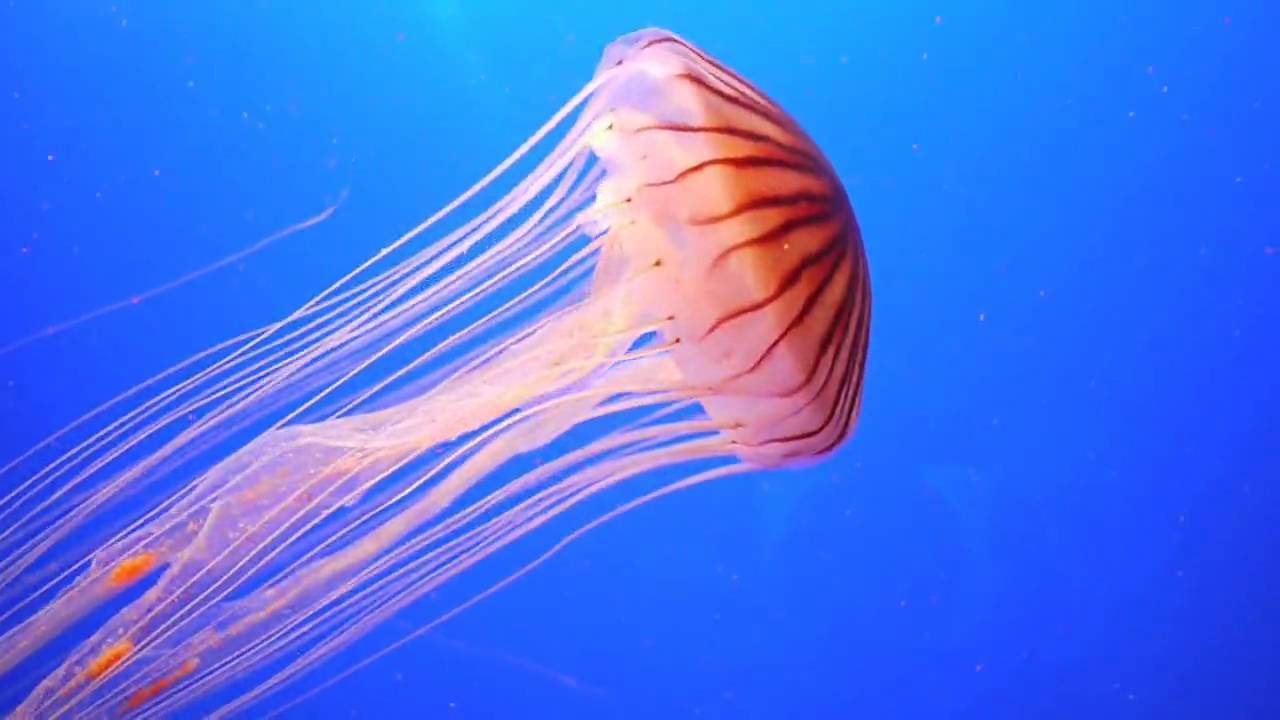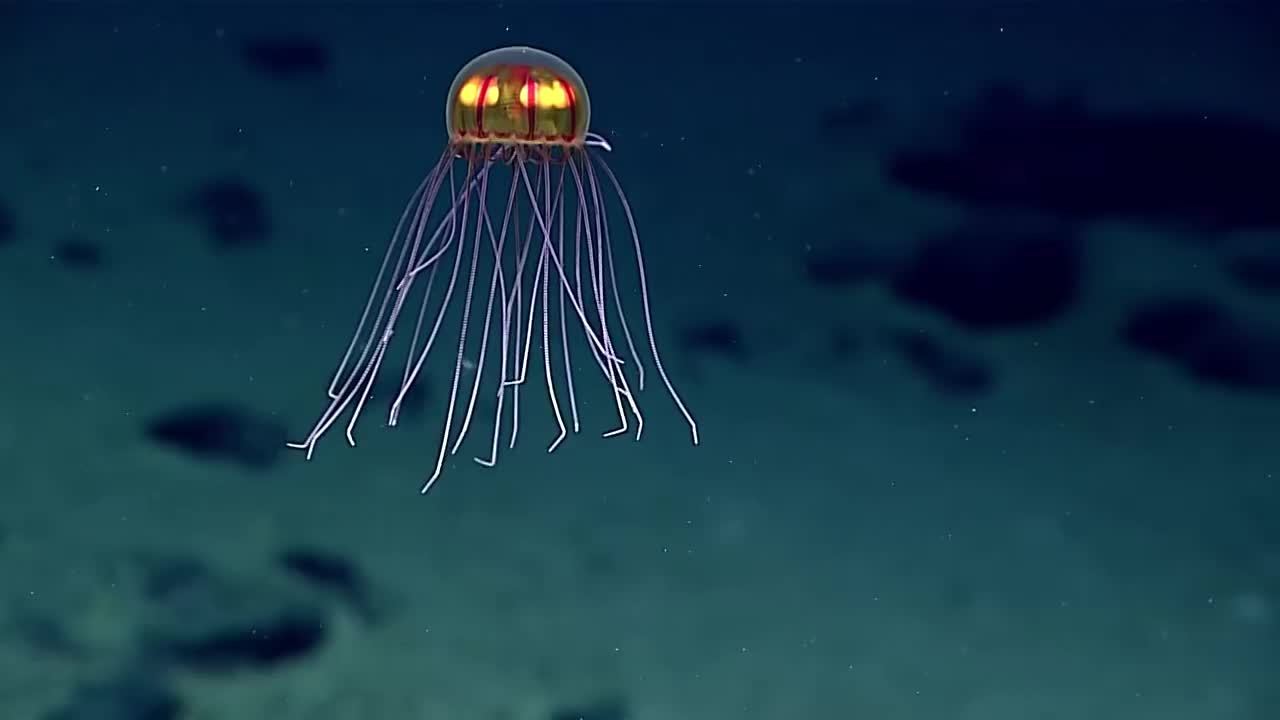
The Jellyfish are taking over our Oceans!
by Yash Saboo November 13 2017, 5:45 pm Estimated Reading Time: 3 mins, 7 secsClimate change influences the environment in many ways, but who knew this could also affect the increasing population of jellyfish or lead to the so-called “jellyfish bloom". Jellyfish bloom formation is a complex process that depends on ocean currents, nutrients, sunshine, temperature, season, prey availability, reduced predation and oxygen concentrations. Ocean currents tend to congregate jellyfish into large swarms or "blooms", consisting of hundreds or thousands of individuals.

According to The Guardian, the combination of climate change and overfishing is causing a population explosion in jellyfish. Since there are lesser fish to eat them, they appear off the British coast in vast swarms. This is a threat to nuclear power stations – because they can block the intake of cooling water – and to fish farms, where thousands get caught in the netting, sometimes killing hundreds of salmon by depriving them of oxygen.
The warmer the water, the less oxygen it can hold. Unlike other sea life, jellyfish are very good at surviving in these low-oxygen environments, giving them a comparative advantage.
It's a beautiful morning, the sun is shining brightly. A perfect day to go the beach. You're in the water challenging the waves. It's all fun until you realize a burning sensation hits your skin. You just got stung by a jellyfish!
Dr. Lisa-Ann Gershwin, author of the recently published book, ‘Stung! On Jellyfish Blooms and the Future of the Ocean’ says in an interview with BBC, "popular beach resorts around the world are seeing huge increases in jellyfish "bloom" activity, a result of overfishing and changing water temperatures".
"In Hawaii, there have been times that 800 or 1,000 people have been stung in a day. In Spain or Florida, it's not uncommon in recent years for about half a million people to be stung during an outbreak. These numbers are simply astonishing."

It doesn't just stop here. In October last year, a gelatinous swarm plugged cooling pipes for one of the world’s largest nuclear reactors, on the Baltic coast in Sweden, shutting it down. A swarm hobbled a coal-fired power plant near Hadera on the Israeli coast in 2011. Millions of bulging, translucent creatures descended on popular Mediterranean beaches in April 2013, freaking out the tourists.
The box jellyfish is the deadliest creature on the planet. Those swimmers are getting off easy, though. Residents of Australia and Southeast Asia share shores with the dread box jellyfish, whose sting “is the most explosive envenomation process presently known to humans,” wrote a team of scientists. Venom injected from its 10-feet-long tentacles “turns the tissue into soup,” as one marine biologist put it, and causes the heart to seize. Death usually occurs within four minutes. In the Philippines each year, between 20 and 40 people die from box jellyfish stings.
Australia is known for its menagerie of lethal beasts. But now these types of jellyfish are found in Florida and elsewhere. Six box jellyfish nearly killed endurance swimmer Chloe McCardel last June (she miraculously survived despite having sucked a “spaghetti”-like tentacle into her mouth). Reports of these stinging now come from India, Cape Town, and even Wales.
So what's the solution? There's no one single factor to blame for the rise in jellyfish populations, but rather places blame on a combination of overfishing, warming water, low oxygen, and pollution. By fishing out jellyfish predators and competitors, humans are creating perfect conditions for jellyfish to multiply.
"I believe that our only option now is to decide how much we value what we currently have, and to decide what we are willing to do to maintain it -- or at least slow down its disappearance. But honestly, can you really see all 7 billion of us agreeing on that?", says Dr. Gervish.




-173X130.jpg)
-173X130.jpg)
-173X130.jpg)
-173X130.jpg)
-173X130.jpg)
_(1)-173X130.jpg)

-173X130.jpg)